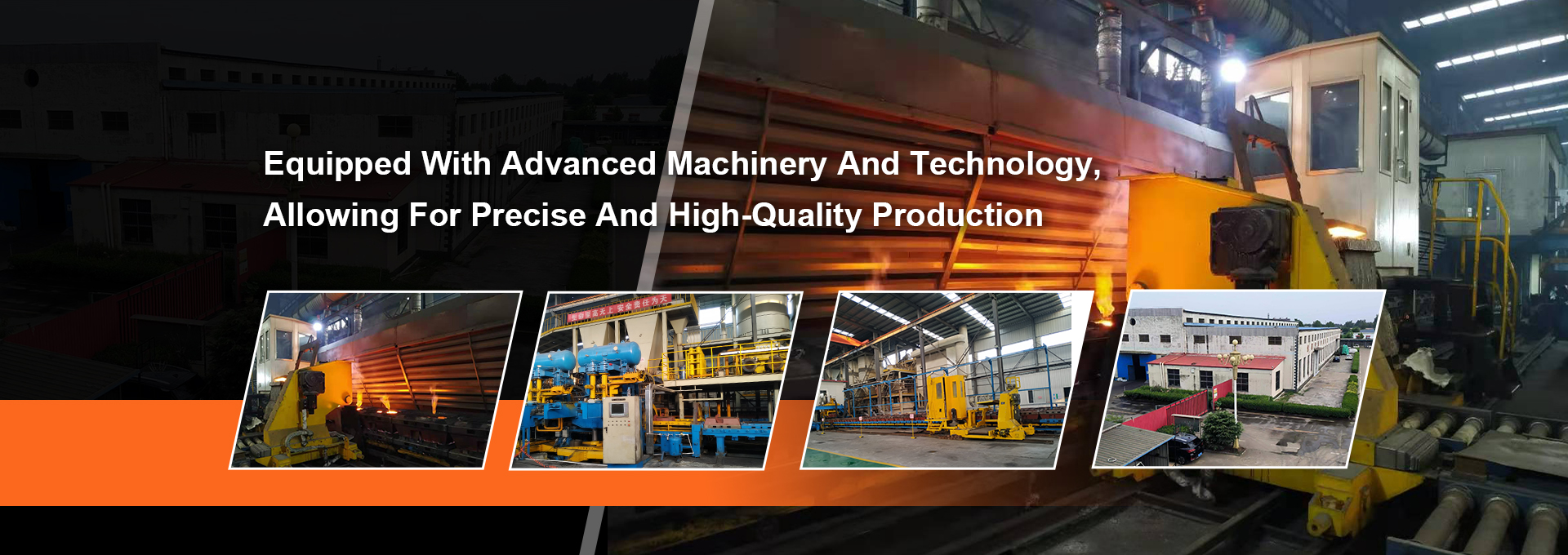
-
 Afrikaans
Afrikaans -
 Albanian
Albanian -
 Amharic
Amharic -
 Arabic
Arabic -
 Armenian
Armenian -
 Azerbaijani
Azerbaijani -
 Basque
Basque -
 Belarusian
Belarusian -
 Bengali
Bengali -
 Bosnian
Bosnian -
 Bulgarian
Bulgarian -
 Catalan
Catalan -
 Cebuano
Cebuano -
 Corsican
Corsican -
 Croatian
Croatian -
 Czech
Czech -
 Danish
Danish -
 Dutch
Dutch -
 ភាសាអង់គ្លេស
ភាសាអង់គ្លេស -
 Esperanto
Esperanto -
 Estonian
Estonian -
 Finnish
Finnish -
 French
French -
 Frisian
Frisian -
 Galician
Galician -
 Georgian
Georgian -
 German
German -
 Greek
Greek -
 Gujarati
Gujarati -
 Haitian Creole
Haitian Creole -
 hausa
hausa -
 hawaiian
hawaiian -
 Hebrew
Hebrew -
 Hindi
Hindi -
 Miao
Miao -
 Hungarian
Hungarian -
 Icelandic
Icelandic -
 igbo
igbo -
 Indonesian
Indonesian -
 irish
irish -
 Italian
Italian -
 Japanese
Japanese -
 Javanese
Javanese -
 Kannada
Kannada -
 kazakh
kazakh -
 Khmer
Khmer -
 Rwandese
Rwandese -
 Korean
Korean -
 Kurdish
Kurdish -
 Kyrgyz
Kyrgyz -
 Lao
Lao -
 Latin
Latin -
 Latvian
Latvian -
 Lithuanian
Lithuanian -
 Luxembourgish
Luxembourgish -
 Macedonian
Macedonian -
 Malgashi
Malgashi -
 Malay
Malay -
 Malayalam
Malayalam -
 Maltese
Maltese -
 Maori
Maori -
 Marathi
Marathi -
 Mongolian
Mongolian -
 Myanmar
Myanmar -
 Nepali
Nepali -
 Norwegian
Norwegian -
 Norwegian
Norwegian -
 Occitan
Occitan -
 Pashto
Pashto -
 Persian
Persian -
 Polish
Polish -
 Portuguese
Portuguese -
 Punjabi
Punjabi -
 Romanian
Romanian -
 Russian
Russian -
 Samoan
Samoan -
 Scottish Gaelic
Scottish Gaelic -
 Serbian
Serbian -
 Sesotho
Sesotho -
 Shona
Shona -
 Sindhi
Sindhi -
 Sinhala
Sinhala -
 Slovak
Slovak -
 Slovenian
Slovenian -
 Somali
Somali -
 Spanish
Spanish -
 Sundanese
Sundanese -
 Swahili
Swahili -
 Swedish
Swedish -
 Tagalog
Tagalog -
 Tajik
Tajik -
 Tamil
Tamil -
 Tatar
Tatar -
 Telugu
Telugu -
 Thai
Thai -
 Turkish
Turkish -
 Turkmen
Turkmen -
 Ukrainian
Ukrainian -
 Urdu
Urdu -
 Uighur
Uighur -
 Uzbek
Uzbek -
 Vietnamese
Vietnamese -
 Welsh
Welsh -
 Bantu
Bantu -
 Yiddish
Yiddish -
 Yoruba
Yoruba -
 Zulu
Zulu
drum vs disc brakes
Drum vs. Disc Brakes A Comparative Analysis
When it comes to automotive braking systems, the debate between drum and disc brakes has long been a topic of interest for automotive enthusiasts and engineers alike. Both types of brakes serve the crucial function of slowing down and stopping vehicles, but they do so in different ways, each with its own set of advantages and disadvantages.
Drum vs
. Disc Brakes A Comparative AnalysisHowever, drum brakes have significant drawbacks. They can be prone to overheating, leading to brake fade during prolonged use, such as in mountainous driving conditions. The enclosed design can also trap moisture and debris, which can compromise their effectiveness. As such, they require more frequent maintenance than disc brakes.
drum vs disc brakes

On the other hand, disc brakes have become the preferred choice for modern vehicles, especially in high-performance and luxury models. A disc brake system features a caliper that houses brake pads, which clamp down on a rotating disc (or rotor) to create friction. This configuration offers several advantages; disc brakes dissipate heat more effectively, reducing the risk of brake fade. They are also less susceptible to environmental factors, such as dirt and water, which can hinder performance.
Moreover, disc brakes typically provide better stopping power and more responsive braking under various conditions. This is particularly noticeable in emergency braking situations, where every inch matters. However, they tend to be more expensive to produce and maintain than drum brakes.
In conclusion, the choice between drum and disc brakes ultimately depends on the vehicle's intended use. For everyday commuting and budget-conscious consumers, drum brakes may suffice. However, for those seeking top-notch performance and reliability, especially in high-speed or variable driving conditions, disc brakes are the clear winner. Understanding these key differences can help consumers make informed decisions when purchasing vehicles or maintaining their braking systems.
-
What Are Drum Brakesព័ត៌មានJul.07,2025
-
Understanding Brake Drum Materialព័ត៌មានJul.07,2025
-
Semi-Trailer Brake Drum: A Key Component for Extreme Loads and Long-Distance Transportព័ត៌មានJul.07,2025
-
Drum Brake Pads for Saleព័ត៌មានJul.07,2025
-
Brake Drums for Saleព័ត៌មានJul.07,2025
-
Brake Drum Manufacturerព័ត៌មានJul.07,2025
-
Aluminum Brake Drums: The Future of High-Performance Carsព័ត៌មានJul.07,2025
